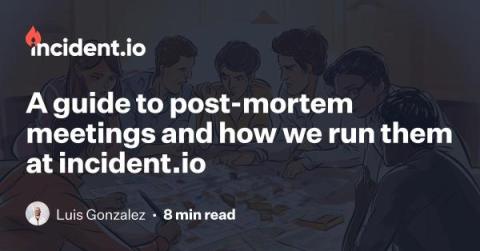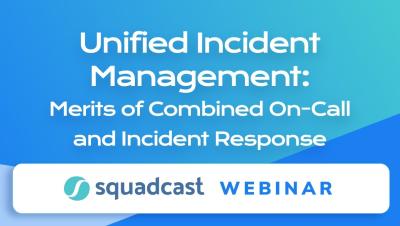A guide to post-mortem meetings and how we run them at incident.io
You've just made it through a particularly tough incident. It was a short outage affecting a subset of customers, so not exactly the end of the world, but bad enough that it involved multiple people across a number of teams to resolve. Either way, the incident was well managed, and the dust has settled. Now what? Most guidance would say that putting together a post-mortem document is a good idea, given the severity of the incident. You've also done this, so what's next?











